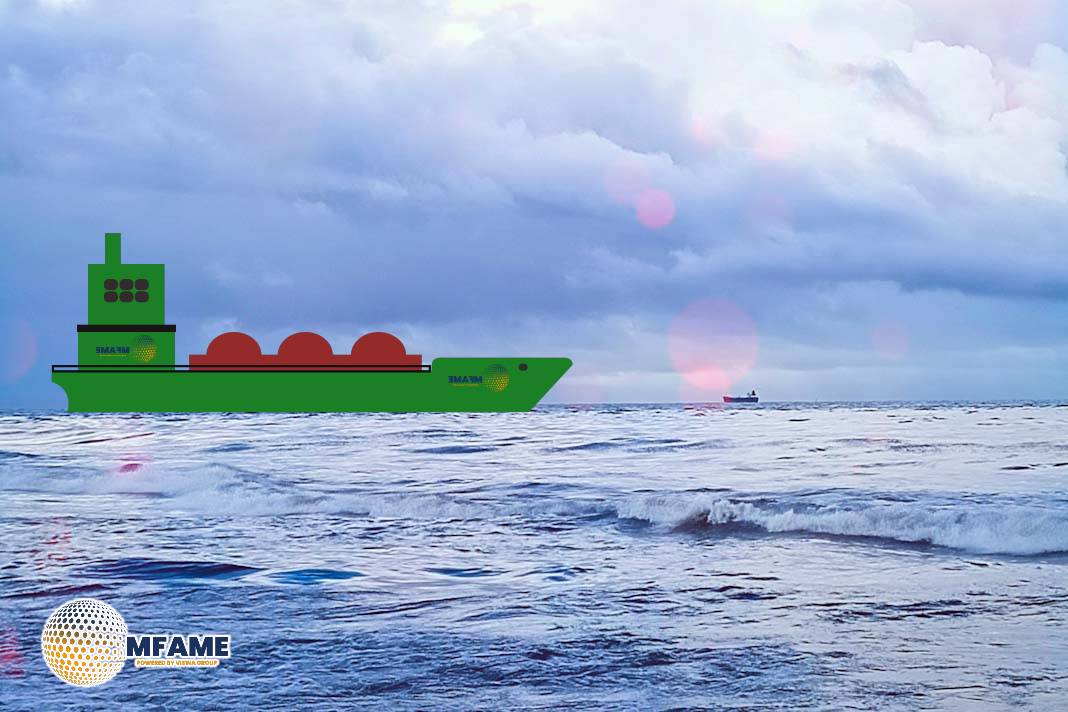Despite growing concerns over stranded asset risks, the potential for decades of carbon lock-in, and a mounting emissions toll, LNG shipping giants are continuing to significantly increase their vessel orders, reports For Our Climate.
Methane Leaks
The environmental impact attributed to LNG carriers encompasses not only the direct emissions generated from the operation of these vessels but also the significantly larger enabled emissions that occur throughout the entire lifecycle of the LNG. This lifecycle includes stages such as extraction, liquefaction, maritime transportation, regasification, and ultimately, combustion.
While shipping companies generally disclose the emissions resulting directly from their vessel operations, they often fail to report the substantially greater lifecycle emissions associated with the LNG they transport. This discrepancy creates a considerable accountability gap in global greenhouse gas (GHG) inventories.
Methane leakage is a major contributor to the total emissions from LNG, yet it remains a significant blind spot in industry reporting practices. Methane, a potent GHG with a global warming potential approximately 80 times that of carbon dioxide (CO₂), can leak at various stages of the LNG lifecycle, from its extraction and liquefaction to potential “slip” during maritime transport. The emissions resulting from these leaks are widely underreported, which undermines the industry’s long-held assertion that LNG serves as a cleaner “bridge fuel.” When all emissions across the lifecycle are fully accounted for, LNG, in reality, can emit more greenhouse gases than coal.
LNG Carrier Boom
Despite increasing concerns about climate change and downward revisions in demand projections, the LNG shipping industry is undergoing rapid expansion. The global LNG carrier fleet has tripled in size since 2014, reaching 1,032 vessels. Furthermore, there are an additional 324 LNG carriers currently under construction, with an expected operational lifespan of at least 30 years. This significant surge in newbuild orders raises concerns about the potential for stranded assets and an oversupply in the freight market.
Currently, Greece holds the largest share of global LNG ship ownership with 195 carriers. The LNG transported by these Greek-owned vessels is estimated to enable approximately 2.4 billion tonnes of CO₂ emissions annually. Japan and China follow, with ownership of 175 and 112 LNG carriers, respectively.
Qatar’s Nakilat remains the world’s largest single LNG shipowner, possessing a fleet of 79 vessels. Close behind are Japan’s Mitsui O.S.K. Lines and NYK Lines, Greece’s Angelicoussis Group, and Norway’s Knutsen OAS Shipping. South Korean shipyards, including Hanwha Ocean, Hyundai Heavy Industries, and Samsung Heavy Industries, are at the forefront of this construction boom, responsible for building nearly 80% of the new LNG carriers.
Did you subscribe to our daily Newsletter?
It’s Free. Click here to Subscribe!
Source: For Our Climate


















